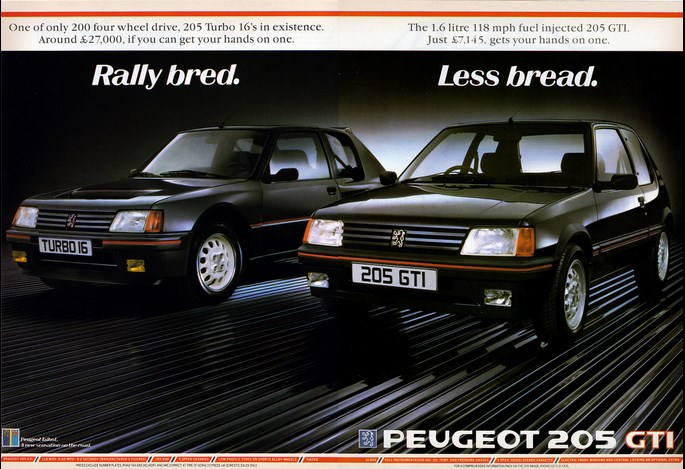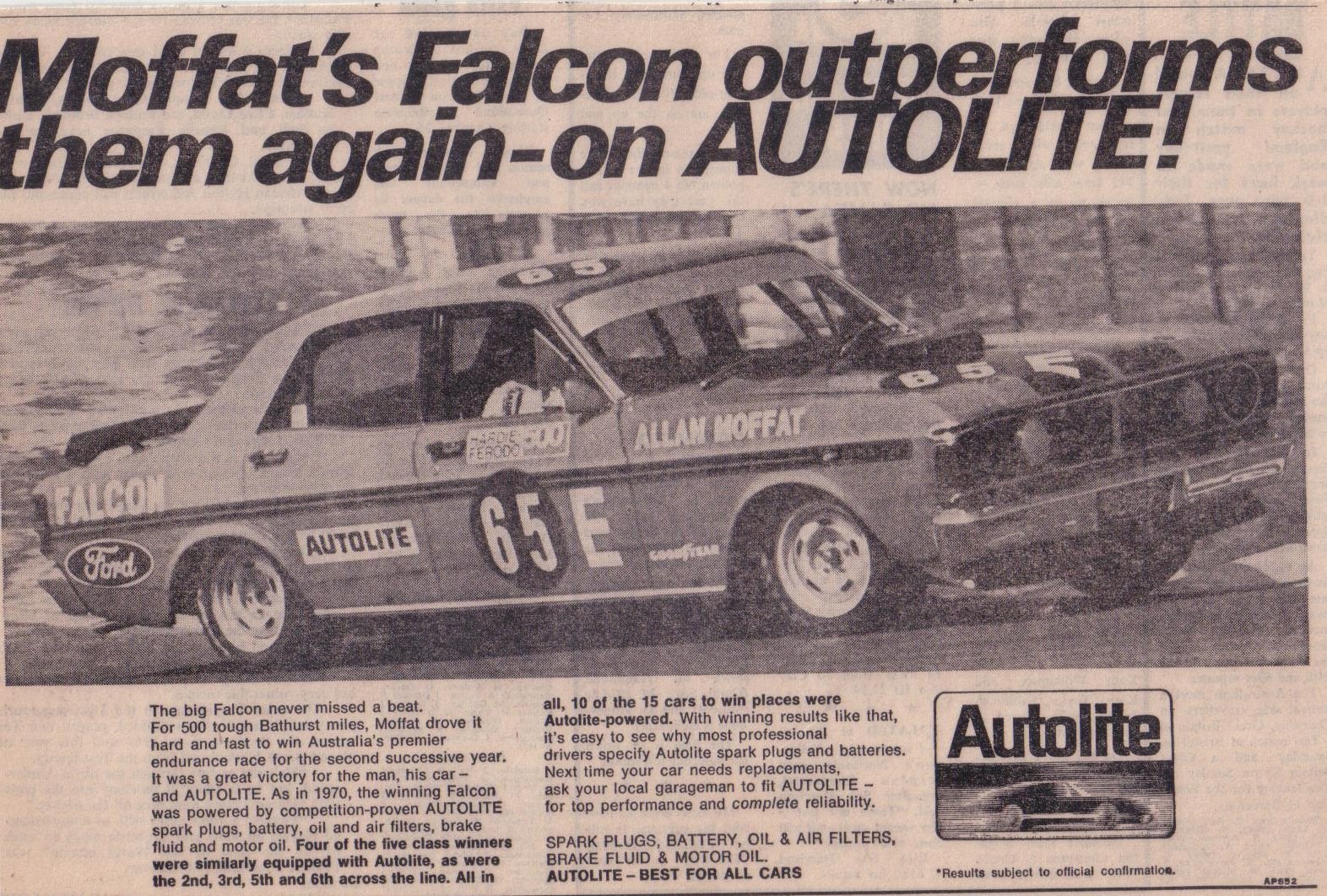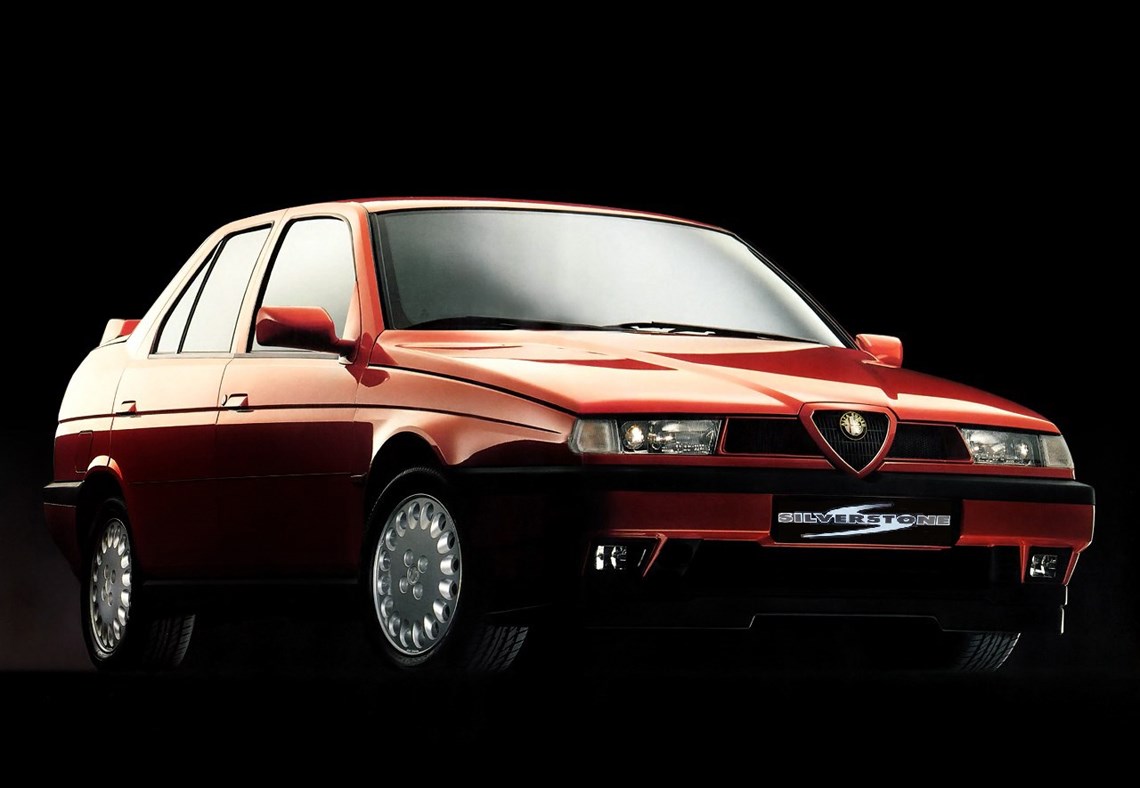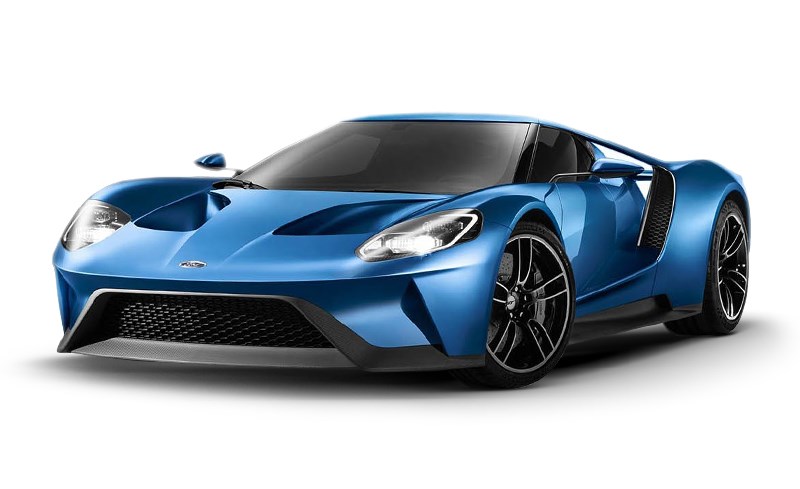Thursday Five: the best homologation specials
Professional motorsport wasn’t always a sterile world of millimeter-specific regulations with no direct relationship to what we see on the road every day. In fact the majority of big international tin-top and rally championships revolved around cars that were based off their production predecessors.
As both the sport and the automotive world gained momentum through the middle of last century, more race teams and manufacturers pushed the envelope to gain tenths over their rivals on track. It wasn’t just a case of filling up trophy cabinets either —‘win on Sunday sell on Monday’ was still a literal saying unfurled at each race weekend to rooms of brand execs rubbing their clammy hands together.
As various categories tightened the nuts on what it took to ‘homologate’ (read legalize) their cars to fit into their racing series’ respective regulations, manufacturers countered the move by producing ‘homologation specials’. These were limited-edition production cars that packed as much technology from their race cars as possible between their bumpers; in turn legalizing those parts on the connected race car.
The resulting cars have become some of the most hallowed in the world. Here’s five of the best.
Peugeot 205 Turbo 16

Photo / Peugeot
This might seem an odd inclusion given the bevy of high profile alternatives from that Group B era of rallying that one could've picked instead. The Audi Quattro of course is the obvious choice, but you also have the Ford RS200, Lancia 037 and Delta Integrale, and plenty of other worthy candidates.
But there's just something about the little Pug that holds a particular appeal as a road car. If I had to try and put a finger on it, the 205 Turbo 16 takes the cake because of the Cindarella transformation it gave to the brand's plucky little 205. While the RS200, Quattro, and Lancia cousins were out and out sports cars from the off, the 205 was a basic car for the masses.
From a distance (a very long distance), the 205 T16 almost looked like its 205 GTI brother. But once within the same postcode, even the most casual car fan would be able to point out the huge side vents, gaping bonnet intake, and raised ride-height. They'd also then notice that the entire rear of the car opened up like a Pez dispenser to reveal the 1.8-litre turbocharged engine.
The only other car in the Group B era that had similarly wild qualities was the Metro 6R4. But unlike the T16, in competitive application, the 6R4 sucked.
Ford Falcon XY GTHO Phase III

The story of the ocker Aussie contingent ruffling the feathers of those in Europe has long been layered onto the narrative of the Holden Commodore and the Ford Falcon. But arguably, it was the Ford Falcon GTHO that triggered the idea.
After Ford claimed their first V8-powered Bathurst 500 win in 1967, Holden won for sequential years in 1968 and 1969 with their Monaro GTS. Ford's XW Phase I GTHO eventually toppled the Monaro Mt Panorama domination in 1970 with Canadian Allan Moffat behind the wheel. The Phase III then sealed the car's place as one historically significant by taking
But perhaps just as significant was that the Phase III GTHO took the mantle as the quickest four-door sedan in the world. Australia's Holdens and Fords were already sales successes, but now they had become world beaters. And it took a whopping 19 years for anyone to knock the GTHO off the top.
Moffat went on to say that the Phase III was "simply one of the best cars in the world, a true GT that could take on Ferraris and Astons on their own terms." Not a bad compliment from a globe-trotting world-renowned racer.
And that's without even mentioning the hubbub around safety and what 'HO' was initially intended to stand for, but that's another story.
BMW E30 M3 / Nissan R32 GT-R

Photo / Nissan
It's impossible to split these two, so we just didn't.
Group A wasn't a perfect touring-car formula, but it certainly had its moments. And the two platforms that probably made the biggest impression were BMWs E30 M3 and Nissan's Skyline R32 GT-R.
Both cars were huge on-track successes, and both in their own way revolutionized Group A. But where they truly made their mark was as production cars.
The Skyline GT-R nameplate was one that, at the time, had been sitting on a pile for nearly two decades. It would be reaching to say that it had been 'forgotten', but it was looking like that might've been its future. But such was the success of the R32 GT-R that it helped build the foundations that have since seen the 'GT-R' name become one of the most recognizable in the car world.
And the same can be said of the E30 M3, though unlike the R32 it was a completely new title. Decades on, and both are in every video game, in every car magazine, and proudly tacked to walls of young (and old) car enthusiasts world wide.
Alfa Romeo 155 Silverstone

Photo / Alfa Romeo
This is probably the weirdest entry on the list, as an unassuming four-door mingling with sports cars and V8s. But I promise that there's logic behind this.
There's two things I love about the 155 Silverstone; how sneaky it was, and the legacy it helped create.
The 155 was the weapon of choice for Alfa Romeo when they launched their factory assault on the British Touring Car Championship in 1994. At the time, every other entry in the field sported an unaltered body style lifted directly from their road-going model of choice. They were largely free of any aerodynamic aids, apart from the occasional ineffective rear spoiler. The Silverstone chassis was also lighter and stiffer than other 155s,
But Alfa Romeo were smart. They released 2,500 of the 155 'Silverstone', which was enough cars to allow the BTCC to homologate it. The Silverstone on the surface looked like a lot of other 155s, but it included a kit that allowed owners to install adjustable front and rear spoilers. This gave the 155 a big advantage for the season, and it duly creamed the results with drivers Gabrielle Tarquini and Giampiero Simoni.
But instead of throwing their toys out of the cot like you might expect, the super touring rule makers scribed a new set of rules for the following 1995 season that resulted in everyone adopting wild aero. With everyone now on the same page, the 155s struggled to keep pace in BTCC, and they left the series at the end of the season. But, their actions had helped create what would become a golden era in touring cars.
2016 Ford GT

Photo / Ford
We don't talk so much these days about homologation specials, but every once in a while one breaks through to the surface. In 2016, that car was the Ford GT.
Apart from looking damn cool, the current GT gets onto this list in the way that it redefines the expectations and norms of its supercar genre to help aid its on-track future.
Shortly after the GT production car was uncovered, the race-car equivalent broke cover too. And it was immediately noted that the race variant, from certain angles, it looked almost more like a prototype-spec racer than a GTLM machine. After a shaky start, the race car eventually did itself proud; claiming a 1-3-4 finish at the 2016 24 Hours of Le Mans.
And you can't fault Ford for that. They designed and created something with prototype looks that functions on the road. Forget internet hate; pats on the back are in order. And that's not just because they went and they made a cool car, but also because they continue to reward and foster ingenuity. Kudos.




